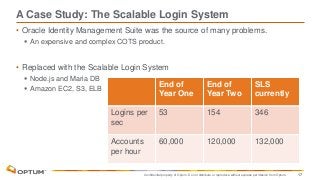
You have many options when it comes to offering health insurance for your employees. There are many options available, including basic insurance, life insurance and HRAs (health-reimbursement arrangements). Employer health insurance can be expensive. Be sure to weigh all costs before you make any decision. So you can determine which plan is best for you and your budget. Learn more about health insurance for employees.
Health insurance for employees
Group insurance includes employee health insurance. It is purchased by employers for their employees. These plans offer affordable coverage for employees and their families. Because there are many participants, the costs of employee-based health insurance plans can be lower. These plans offer additional benefits for the immediate family members of employees.
Employers need to consider the benefits they wish to offer their employees when selecting a plan for employee health insurance. They might choose to emphasize coverage for critical illnesses, mental health benefits and accident insurance. However, many of these plans have sub-limits that prevent employees from fully utilizing their benefits.

Employees can get life insurance
Students and employees of government agencies are eligible for basic life insurance, as well as AD&D insurance coverage up to $50,000. To sign up, employees must fill out an enrollment form. It also gives the employee the opportunity to designate beneficiaries and make changes. Employees may also choose to purchase basic life insurance for a spouse and dependent children for an additional $0.63 per month.
An excellent addition to employee benefits packages is life insurance. These policies are flexible enough to allow employees to customize their coverage and can be updated as needed. They can also paid for by payroll deduction.
Health reimbursement arrangements (HRAs)
Group health plans must have the same requirements for health reimbursement arrangements (HRAs). For example, HRAs must not impose annual dollar limits on EHBs and must cover preventive services without cost-sharing. These requirements must be met by HRAs that are not compatible with group health plans.
While HRAs may not be the best solution for all employers, they do offer some benefits that can help reduce the costs of health care. Recent rules have made HRAs more flexible, allowing employers to offer HRAs with "exceptional benefit" as an addition to their group health plans. These HRAs can cover copays, deductibles, and other expenses not covered by the primary plan.

Employer health insurance costs
Providing health insurance to your employees is a great way to keep them healthy and happy. It can also save you money on taxes. The type of coverage offered and the number employed will determine the cost of health insurance. Because they don't have the purchasing power of larger corporations, small businesses tend to pay more for employees' insurance coverage. Small businesses pay anywhere from eight to 18 percent more than large firms for the same health insurance policy. The cost of offering health insurance can also vary depending on where a company is located and the number of workers who have filed health claims.
In order to attract talent, offering health insurance coverage has become a popular way of attracting employees. The cost of health insurance is an increasing concern for both small and big businesses. Copays, deductibles, as well as prescription medication costs are all part of health care coverage. Many small and middle-sized companies are now offering telemedicine and other retail health services as part of their plans.